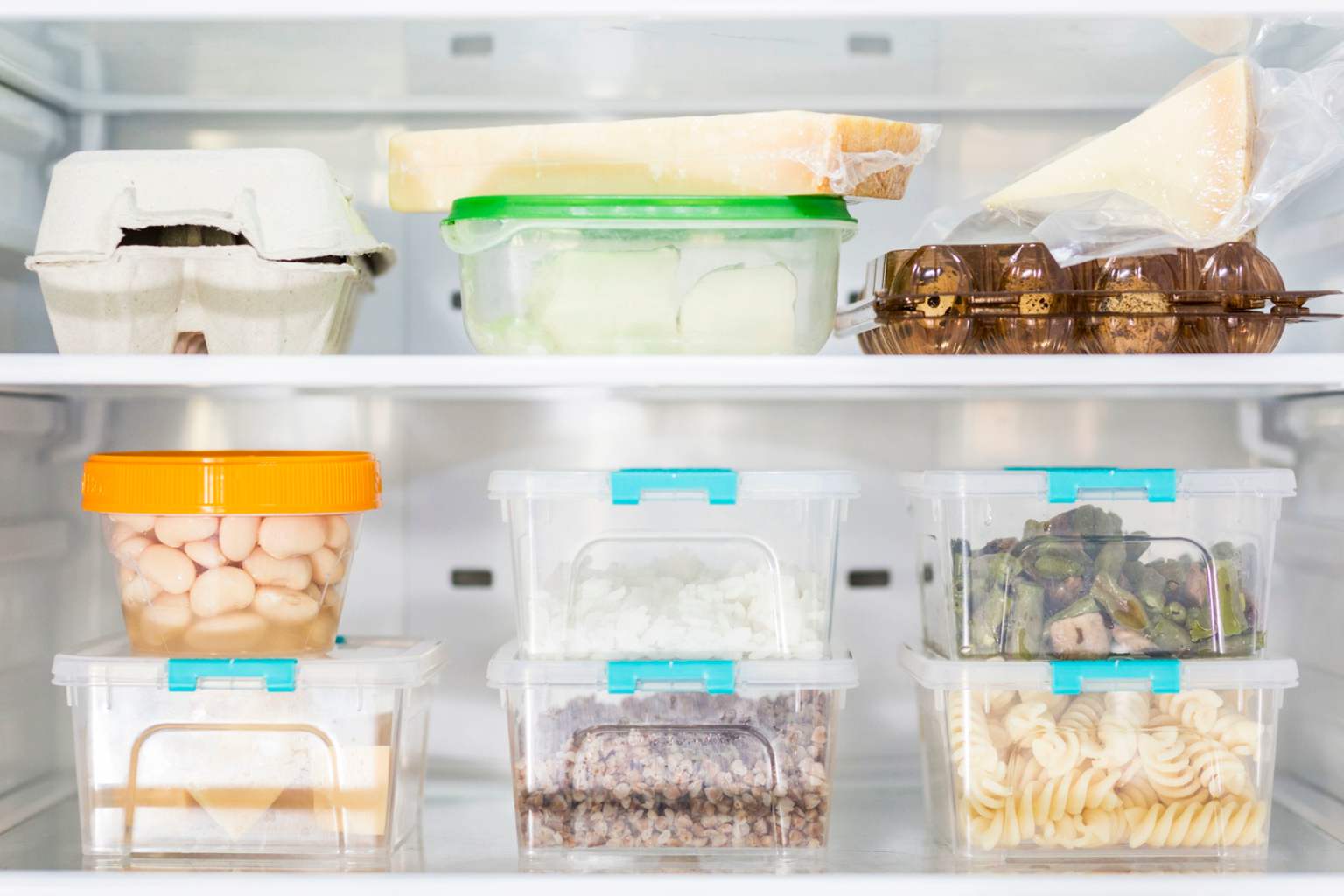Should you put hot food in the fridge right away, or wait for it to cool down? This everyday kitchen dilemma sparks plenty of debate. But what does science say about the safest way to store your leftovers and keep them tasty?
Many of us have reached for the fridge right after cooking, tempted to tuck away that steaming pot of food. Yet, some worry that heating the fridge or encouraging bacteria growth might be risks to watch for. Let’s dive into what experts say about the best practices for how and when to cool and store your food.
Why refrigeration timing matters for food safety
It’s a widely known fact that eating food left out overnight without refrigeration can lead to foodborne illnesses. Refrigerating your leftovers is the first critical step to prevent the growth of harmful bacteria which can cause food poisoning.
Donald Schaffner, head of the Food Science Department at Rutgers University, explains to Self magazine that while refrigerating leftovers is essential, it doesn’t have to happen immediately after cooking. You have a window of up to two hours to safely store food without risking contamination.
What about the common belief that putting hot food directly into the fridge warms the appliance and risks other foods? Schaffner says the actual difference in cooling time is minor. The temperature inside the fridge drops quickly, and warm food won’t drastically raise the internal temperature for long. Besides, letting food sit out too long poses a greater risk since temperatures between 40°F and 140°F—the so-called danger zone—allow bacteria to multiply fast.
How to cool food properly before storing
Rather than rushing to shove a hot pot inside the fridge, the best practice is to cool it down efficiently. One key tip is to avoid storing food in one large container. Instead, divide your leftovers into smaller portions spread out over shallower dishes.
This approach works because the cooling speed depends on the thickness of the food layer. When it’s spread thin, heat escapes faster, and the food reaches safe refrigeration temperatures more quickly.
Additionally, don’t seal containers completely while the food is still hot. Leaving a lid partially open lets steam escape and prevents condensation, which can otherwise promote bacterial growth. Once the food has cooled, tighten the lids to maintain freshness and avoid contamination.
Where to place leftovers in the fridge for best results
You might not realize it, but the location inside your fridge matters too. To keep your leftovers safe, store them on the upper shelves.
Heat tends to rise, so placing hot or still cooling foods higher up helps reduce the chance that their residual warmth warms other foods below. This simple move can help keep the whole fridge environment safer.
Also, make sure there’s good airflow around containers to enable even cooling. Avoid packing the fridge too tightly if you can, especially after putting in new food.
Personal kitchen lessons and tips
I remember times when I used to rush leftovers straight into the fridge, worried about spoilage. But I noticed my containers sometimes cracked due to the sudden temperature change. After learning about these cooling tips, I started spreading soups and stews in shallow bowls, letting them cool uncovered for a bit before covering and refrigerating.
The difference? Fresher food that lasts longer and a safer kitchen. Plus, I avoid the risk of cracking glass containers or warping plastic lids.
Are you still tempted to stash that steaming pot straight into the fridge? Or have you tried cooling leftovers carefully and noticed a difference? Share your thoughts or tips on how you keep your kitchen safe and food delicious!
